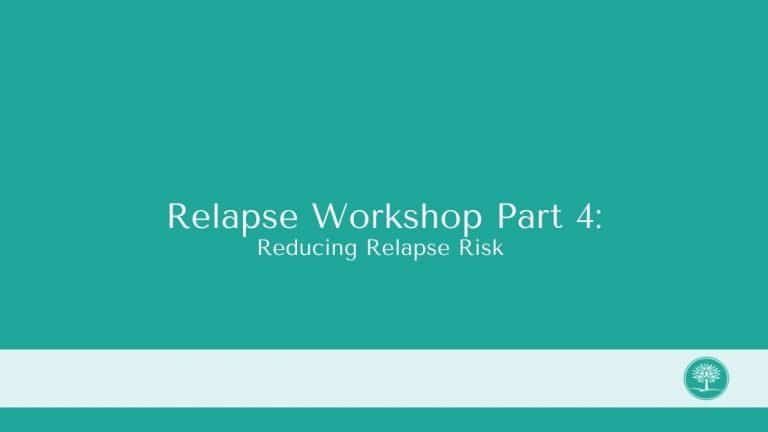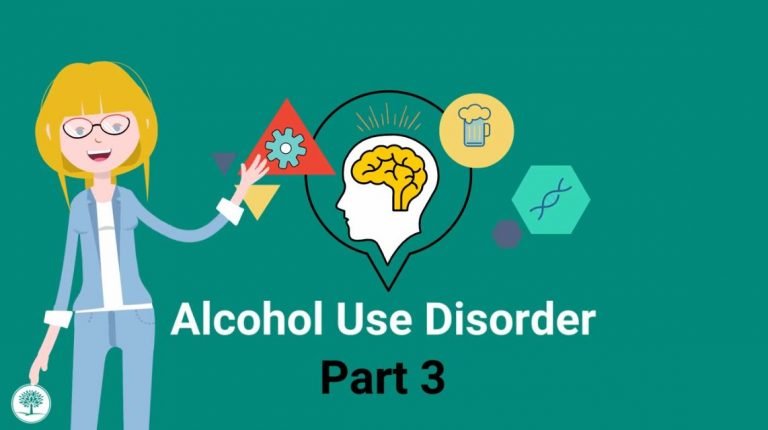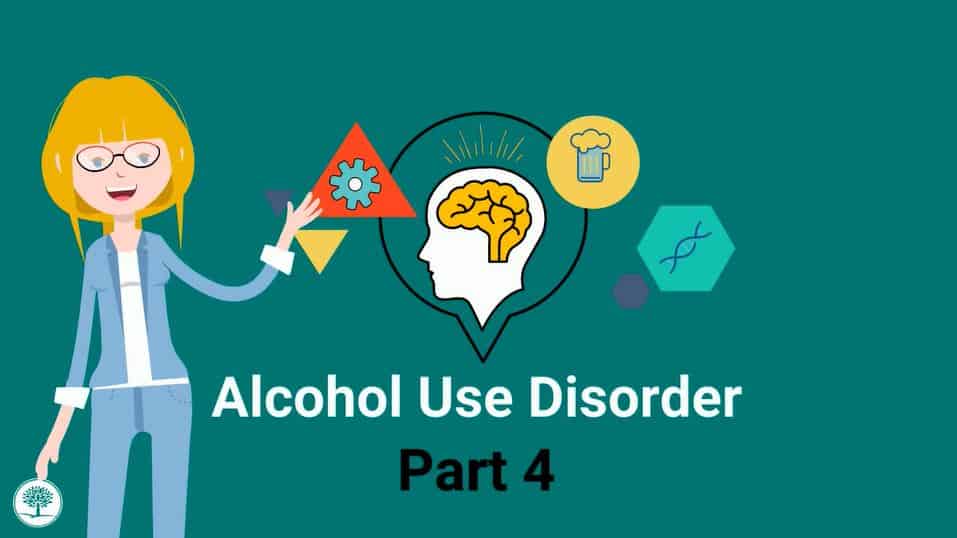Tips for Practicing & Improving Resilience in Recovery
Estimated watch time: 6 mins 40 secs
Summary:
Building resilience takes practice. It can sometimes be challenging to utilize the ten resilience factors in daily life. This guide explores how you can learn to implement resilience strategies in real parts of your life, such as within your family or professional structure.
Other Addiction & Mental Health Resources
The Recovery Village has several, free resources for those living with addiction or mental health conditions and their loved ones. From videos, to clinically-hosted webinars and recovery meetings, to helpful, medically-reviewed articles, there is something for everyone. If you need more direct help, please reach out to one of our representatives.









